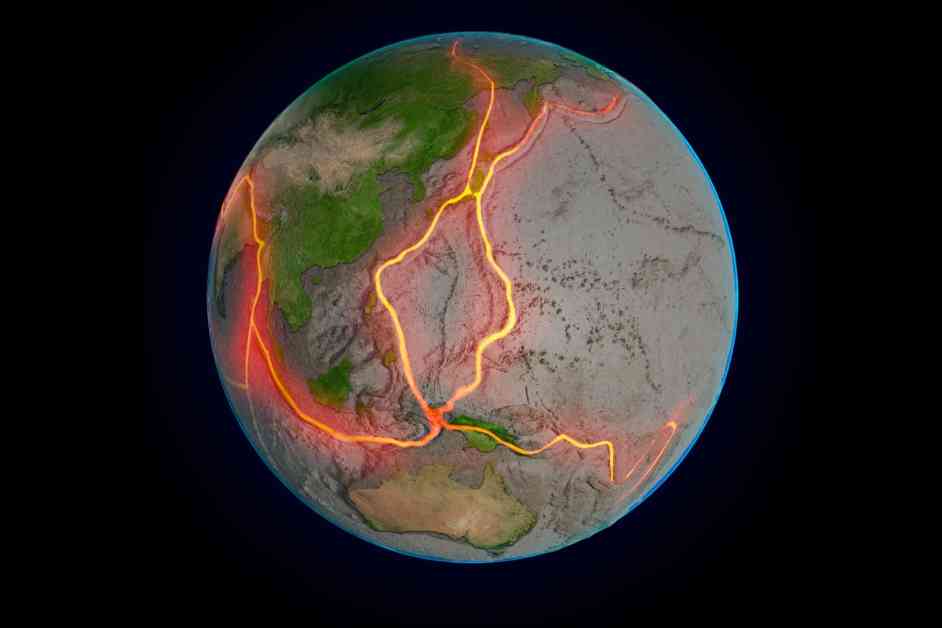Plate Tectonics: The Key to Earth’s Existence
The Earth’s surface may seem stable beneath our feet, but it’s actually a dynamic, ever-changing landscape. Mountains rise, continents shift, and earthquakes rumble, all thanks to the powerful force of plate tectonics. This movement of massive chunks of the Earth’s crust is not just a geological process; it may be the very reason life thrives on our planet.
The Story of Plate Tectonics
Plate tectonics is the driving force behind the movement of Earth’s crustal plates. These plates, like puzzle pieces, slide, collide, and separate, shaping the world we live in. Earth is unique among celestial bodies in our solar system because it is the only known planet with both plate tectonics and life. And many scientists believe this is no coincidence.
By pulling carbon deep into the Earth’s mantle, plate tectonics helps stabilize the climate by removing carbon from the planet’s surface and atmosphere. This process also brings essential minerals and molecules to the surface, creating a hospitable environment for life to flourish. From the depths of the ocean to the heights of the mountains, plate tectonics plays a crucial role in shaping our planet.
The Mystery of Origins
Despite its importance, the origins of plate tectonics remain shrouded in mystery. Scientists are still unsure when and why this process began, making it challenging to understand its impact on the evolution of life. Some believe plate tectonics started as recently as 700 million years ago, while others suggest it dates back to the early days of Earth’s formation.
As new technologies allow researchers to delve deeper into the planet’s past, some are proposing that plate tectonics emerged soon after Earth’s birth, possibly even preceding the existence of life itself. If this hypothesis holds true, it could revolutionize our understanding of how life evolves on active planets and shape the search for alien life beyond our solar system.
Expert Insights
Jesse Reimink, a geoscientist at The Pennsylvania State University, emphasizes the importance of studying Earth’s history to unlock the secrets of planetary evolution. He believes that understanding the life cycle of a planet is essential for interpreting data from exoplanets and exploring the possibilities of life beyond our world.
The Puzzle of Plate Tectonics
While Earth’s plate tectonics are well-documented, other rocky planets in our solar system lack this dynamic geological process. Instead, they have a single, rigid crust, a stark contrast to Earth’s complex system of moving plates. The absence of plate tectonics on these planets raises questions about the role of this process in shaping habitable worlds.
The Future of Exploration
As we continue to explore the mysteries of plate tectonics, we may unlock new insights into the origins of life on Earth and beyond. By studying the geological activity of exoplanets and our planetary neighbors, scientists hope to uncover the universal principles that govern the evolution of life in the cosmos.
Plate tectonics may hold the key to understanding the fundamental processes that shape our planet and influence the potential for life beyond Earth. As we peer into the depths of space, the story of plate tectonics continues to unfold, revealing the intricate connections between geology, biology, and the mysteries of our universe.










